Free Tropical Runtz seeds on orders over $150!
SOG vs SCROG may be the toughest decision most growers have to face when choosing grow techniques. Both of these techniques are quite beneficial and, although similar, offer similar results.
SCROG aims to raise the yield per square meter at harvest time, the screen of green is a crop training approach. If you want to allow wider root zones, larger pots are utilized for a smaller number of plants. In producing a profusion of evenly sized blooms from a small number of plants, even light dispersion is critical.
Using the Sea of Green vs Screen of Green method, cannabis plants are cultivated close to one another in a single square meter of area. When grown this way, plants spend less time in vegetation but still produce the same number of bud sites per area as when grown conventionally. In the case of SOG plants, the buds are ripe earlier, resulting in an additional harvest each year.
When using a SCROG, you may get high yields from a single plant and even more from two to four seedlings at a time when using multiple plants. Up to 25 plants may be clustered under a single light in SOGs, making better use of the available space. So, your SOG will cost more in seed and won’t aid people in places with restrictions on the number of plants planted.
You’re better off using Screen of Green vs Sea of Green if you’re cultivating recreationally in California (where you’re only allowed six plants). With a 24 plant restriction in California, a SOG should be your only option if you’re growing cannabis for medicinal purposes.
Growers may employ a variety of ways to maximize space efficiency and collect more crops. They include ScrOG vs SOG procedures that are widely used. Each may be utilized to maximize production in a specific location.
Your plants should be vivid and full of life from day one, regardless of your chosen method. It entails placing them in an optimal location for the development of cannabis. In addition to choosing the correct growth media and pot size, you’ll also need to evaluate lighting, water pH, fertilizers, temperature and humidity.
The mother plant you are obtaining cuts and cutting both need to be healthy to produce healthy cuts. To have healthy plants at your disposal, you must first master each of these characteristics.
For those with a limited vertical area, Sativa plants might be challenging to grow indoors. Even yet, their larger limbs force their way through the screen, making them more adaptive to the SCROG. It implies that the light above the screen will reach more buds if there are more branches in the plant.

On the other hand, Indica plants tend to be a little shorter and bushier. A huge, central cola rather than numerous, lesser branches are well-known, and they perform well in a SOG with minimal effort. A SOG is a superior option if you like to cultivate your plants with minimal intervention. They grow quickly and uniformly, seldom rising beyond the height of a sea of green. SCROGs, on the other hand, mature much too quickly, and you won’t have the time to train them properly.
Cultivars with a strong central cola and little side branches are often employed. For Indicas and Indica-dominant hybrids, it’s an element of the morphology. The flowering cycle begins when a plant reaches a specific height, often between 20 and 30 centimeters. The lateral branches of the plant are reduced to single buds as the plant develops nearly exclusively as a single cola. Some people start the whole growing process at 12-12 to produce just little plants.
Strains like Afghan Kush seeds are perfect to use in a SOG as they’re high-yielding indica seeds.
This method is best suited to cultivars that naturally generate many bud sites. It’s a characteristic of Sativas and other strains with many nodes. If left untrained, the bottom buds of these generally tall and branchy strains may not completely develop, resulting in smaller bud development. To grow Sativas in this manner isn’t strictly required since it works for Indicas just as well.
Larry OG seeds would likely work well in a SCROG set up as they are a well-balanced hybrid with a high-yielding potential.
Keep in mind that you’ll be growing between 9 and 12 plants per square foot while utilizing SOG. A robust root system and preventing the plant from falling over are two important considerations while growing cannabis plants.
Pots with a diameter between 20 and 30cm may only be used for 9–12 plants per square meter. These containers normally hold 7–11 liters of water. However, you should be aware that you can only veg your cuts for about eight weeks before they get root bound and agitated due to a lack of room if you use pots this small. You’ll need to buy bigger pots if you wish to keep your crops dormant for an extended period.
Growers utilizing SOG may plant up to 25 plants per square foot. They will be able to harvest their crops sooner if they do this. However, you’ll need to use smaller pots of around 5 liters for such a high density of plants.
It’s easier to produce more plants with the SCROG approach since you have greater leeway. A container of at least 20 liters is required to cultivate one plant per square meter. You may cultivate four plants per m2, each in a 10l container, to shorten its time to harvest.
SCROG allows you to grow an unlimited number of plants per square meter. There is no one-size-fits-all answer; it depends on your objectives, money, and time commitment to harvesting. Never forget that your plants need as much area as possible to expand, regardless of the method of cultivation.
When it comes to SOG vs SCROG, a big deciding factor can be how difficult they are to maintain.
Most growers feel that SOGs need a higher level of work in upkeep. It is due to the time it takes to frequently check and modify the growth environment’s temperature and humidity.
Plants crowded together will want frequent air ventilation, pruning, and inspection of pests and diseases. Taking care of so many plants means you’ll have to be quite precise about how much food and water you provide them.
Scrogging uses fewer plants, which means less labor is required to maintain them (or it) in good condition. While the trellis might be tough to use, it’s possible to injure your plant if you are not cautious. SCROGs, on the other hand, may produce great yields while using less light, water and work than SOGs do with the same care and attention.
It’s important to note that SOG vs SCROG are procedures with identical goals; they assist you to produce the greatest quality and yields while maximizing your lights, grow area and plants.
Consider that the strain you pick may profoundly affect your outcome if you are interested in attempting them. Try cultivating the same strain since training the plants can become incredibly tough, even if you use various strains.
These are some of the easiest procedures, and even an unskilled grower will be able to conduct them with a little amount of experimentation following the advice in this article.
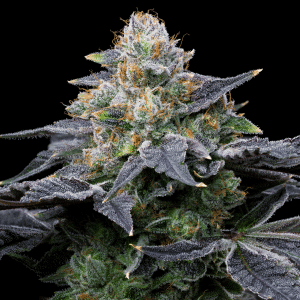
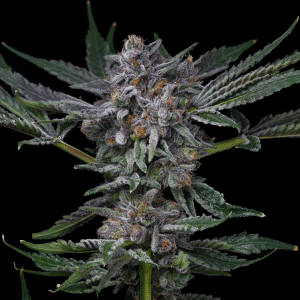
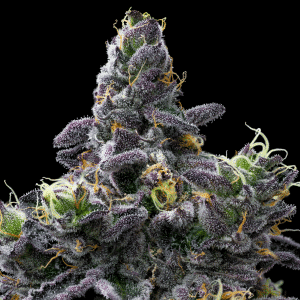
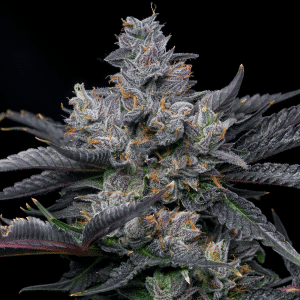
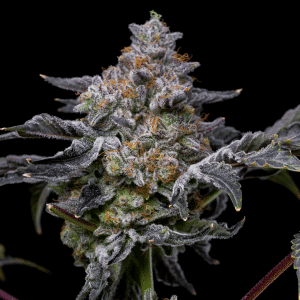
Offers
This product is not for use by or sale to persons under the age of 18. This product should be used only as directed on the label. It should not be used if you are pregnant or nursing. Consult with a physician before use if you have a serious medical condition or use prescription medications. A doctor’s advice should be sought before using any hemp products. All trademarks and copyrights are property of their respective owners and not affiliated with nor do they endorse this product. These statements have not been evaluated by the FDA. This product is not intended to diagnose, treat, cure or prevent any disease. By using this site you agree to follow the Privacy Policy and all Terms & Conditions printed on this site. All products contain less than 0.3% Cannabinoid-compliant with applicable Federal Laws. Please make yourself aware of any and all applicable laws regarding hemp in your jurisdiction. Premium Cultivars accepts no liability or responsibility regarding germination laws in any specific locale state or national jurisdictions.THCA products are not available for shipment to the following states: Hawaii, Idaho, Minnesota, Oregon, Rhode Island, Utah, Vermont *Note: Products with Total THC content above 0.3% must not be shipped to these states.
We want to help you get your hands on the seeds you want, take 20% off your next purchase when you enter your email below!
We want to help you get your hands on the seeds you want, take 20% off your next purchase when you enter your email below!